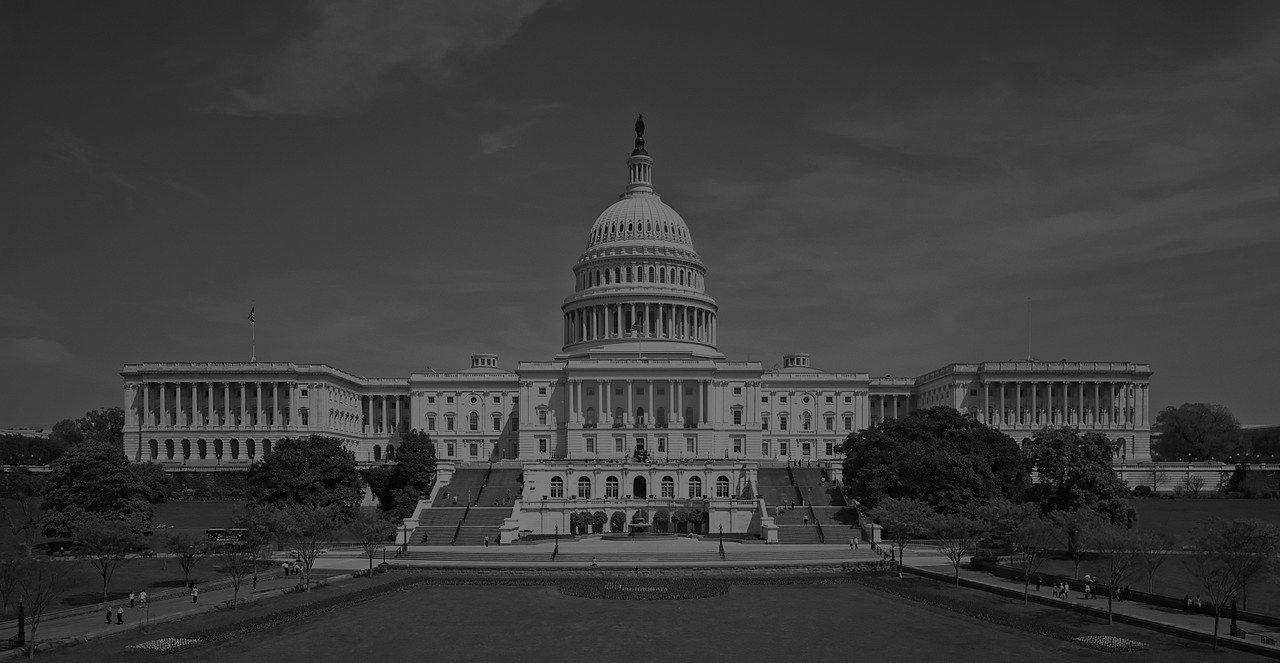Why the new Vitter-Udall legislation isn’t just “not good enough.” It’s not good.

Two days ago, Senators Vitter and Udall unveiled their new chemical safety legislation. I desperately want to like the bill. Our coalition came together to reform our chemical safety laws so that the substances that contribute to problems like cancer, birth defects, and learning disabilities could be identified and restricted. So that public health could be advanced.
Instead, we have a bill that takes a step or two forward, but 2 and a half or 3 steps back. I’m a pragmatist, so in these difficult political times I’m more than prepared to call a step forward “good enough for government work,” as the saying goes. But we’re not there yet. Let’s hope we get there.
The central claim of the bill’s proponents is that right now, the EPA can’t do “anything.” And under the bill at least they could do “something.” It sounds very pragmatic. But when you read the fine print, you see that some of what they’ll now be able to do is a little sketchy. And that states – currently doing quite a bit – will be scaled back significantly.
To their credit, the senators fixed some of the major flaws in their original bill and addressed a core problem in TSCA. The two key legal problems in the original law -that prevented EPA from even regulating asbestos – have been removed. The EPA will now be able to evaluate chemicals against a health-based safety standard. The standard requires that they protect vulnerable populations that may be more exposed to a chemical (like the community near a factory) or more susceptible to a chemical, like a pregnant woman or child. So far, so good.
They didn’t require the EPA to follow the guidelines of the American Academy of Pediatrics and National Academy of Sciences on the issue of “aggregate exposure.” That’s not so good. In plain English “aggregate exposure” means that the EPA would have to add up the different sources of exposure to a toxic chemical that a person experiences in the real world. However, in the bill at least they require EPA to describe on the record, with opportunity for public input, exactly how they deal with the exposures for each chemical.
At the end of these assessments – which take three years – EPA will decide whether the chemical is safe as currently used or not. If not, the EPA has two years to devise appropriate restrictions to ensure safety. (Either deadline can be extended for a combined two years.)
Great! So how many of these assessments will EPA do?
Cue the sad trombones.
The bill says EPA must list 10 chemicals in the first year, 10 more three years later, and 5 more two years after that, creating a review pipeline of 25 chemicals. New chemicals would be added to the pipeline only when the work on those was finished. Under the deadlines imposed by the bill that means EPA would have evaluated – and potentially restricted – 10 chemicals at the end of five years (or 7 years with the extensions). This represents only a slight increase in the pace of EPA assessments compared to right now.
But wait! These are just minimums, right? EPA can do a lot more if it wants to, right?
Not really. The way EPA budgeting works in practice, minimums become maximums. When EPA goes before the Office of Management and Budget or Congressional appropriators, especially in a time of scarcity, it only gets money for things it is required to do. This slow pace is likely to be all we get.
But wait! The bill authorizes fees, doesn’t it? That’s “something,” right?
True, the bill authorizes EPA to collect fees from the chemical industry for the program, but the overall fees are capped at $18 million or 25% of the program. It’s an increase, sure, but a small one. In agency budget terms, it’s the equivalent of your grandmother putting $5 in your birthday card. But Gina McCarthy won’t even be able to go out and buy an ice cream cone with this extra money, let alone assess many more chemicals. That’s because the bill also puts new work on the agency that isn’t about getting started on chemicals. For example, they will have to re-justify prioritizing the 90 chemicals they’ve already prioritized and develop new policies on testing. That will eat up some staff hours and money.
Keep in mind there are 84,000 chemicals on the TSCA “inventory.” Likely half of them are actually “in commerce” and an uncertain number, but certainly thousands, have risks associated with them that make a safety assessment urgent and necessary.
So that’s the “Weak Tea” part. If we stopped there, the bill would just be Meh. It would be better, arguably, because EPA could at least restrict some chemicals, but very few and not very soon. Still, you could ask, how is it actually bad? What are the chips in the cup?
This is where it gets interesting.
Politically, it is taken as a truism in Washington that in exchange for even “meh” reform, the chemical industry has to “get something” in return. That was OK by me as long as the something was the imprimatur of safety for a chemical that was actually reviewed for safety and restricted accordingly.
A major innovation of the Vitter-Udall legislation from the beginning was that reform should be as much about the chemicals that EPA decides not to assess as it is about the ones they do. These chemicals don’t get the treatment I described earlier. Instead, EPA declares them “low-priority” based on a finding that the chemical is “likely to meet” the safety standard. What does that mean? Nobody knows.
A low-priority designation is a new form of pro-active non-assessment. It is effectively a hall pass for the chemical; a declaration that EPA will not review the chemical so it is therefore free to roam the economy and potentially your home without any restrictions. All on the back of “likely to.” This distinction, which confers many of the benefits of being declared “safe” but without a thorough safety evaluation, is likely to be coveted by chemical companies. Once they get it, they can tell other companies like Walmart and Target – who are increasingly demanding safety information about chemicals in products – to back off. EPA says it’s a “low priority” and they’re the experts.
Unlike last year’s version of Vitter-Udall, this year’s requires EPA to designate as many low-priority chemicals upfront as it does high priority ones (the ones that get the safety evaluation). The goal of providing the chemical industry with a hall pass to the marketplace now shares equal billing with the goal of identifying and restricting the chemicals that cause cancer and birth defects.
Public health groups have made the modest proposal that since industry will be able to sue over EPA decisions to declare a chemical unsafe, or over EPA’s choice of restrictions, the public should be able to get a court to review the quality of these hall passes. Make sure nothing dangerous gets a free ride. The response has been “no.” It’s a “deal-killer” for industry. Apparently, whoever it is that knows what “likely to” means must have big plans for this part of the bill. Sounds sketchy to me.
Also in the sketchy department are two provisions that make it harder for EPA to regulate chemicals in products. One of these is new to this year’s bill: once a chemical flunked a safety assessment, the EPA could not go ahead and impose limitations on the chemical in a product, like a toy or couch cushion, without an additional burden of proof. They would have to make a second legal finding that the product presented a “significant source of exposure.” That may sound reasonable, but when you think about how a single chemical may be used in dozens of products, you’re talking about a significant new legal hurdle EPA will have to clear to get at the problem –a bad chemical in a product you use- that most people are worried about.
Also, if that toy or baby bottle is made in China – as most are – the EPA will now have a harder time intercepting it when it contains a toxic chemical, because the bill weakens EPA’s authority over imported products. Again, sketchy.
But the biggest “get” for the chemical industry by far is the bill’s restriction on state governments, called “preemption” in legal terms. In response to criticism, Senators Vitter and Udall have now “grandfathered” – or protected from preemption – state actions on chemicals that took place before January 1 of this year. In fairness, that is a meaningful concession as those state actions are a big part of what’s driven the chemical industry to the table for federal reform.
But what about the future?
Under current law, no state is preempted until and unless EPA actually imposes its own restrictions on the chemical. The bill moves that date up to the point where EPA puts the chemical on its “to do” list for a safety review and specifies the scope of the review. As you now know, that process could take up to 7 years before any restrictions are imposed by the EPA. The new gap in time presents what the California Attorney General has called a “regulatory void” where the public is protected by no one. Furthermore, with state action frozen, the affected chemical company or trade association will have every incentive to obstruct the EPA review with all the tools at their disposal: lawsuits, getting the White House political people to pressure EPA, or slipping “riders” into the appropriations bill prohibiting EPA from finalizing a particular restriction. This well-thumbed playbook has been used quite a bit in recent years.
The modest proposal of public health groups is that preemption should only occur when and if EPA actually imposes restrictions on a chemical. That would keep everyone honest and create a disincentive for obstruction.
The bill also takes the bold step of prohibiting states from enforcing restrictions that are identical to federal restrictions. This is a concept known as co-enforcement and it is explicitly allowed in current law. It plays a big role in environmental and consumer protection policy generally, and for some laws, most of the enforcement occurs at the state level. EPA just doesn’t have a lot of resources (see above). I have not heard anyone offer up a persuasive argument for this weakening of current law. It’s just a blatant attempt to reduce enforcement under the new program. The prohibition has to go.
I’ve not done an exhaustive review of the entire bill in this blog, but these are the highlights as I see them. You could point to a few more positive things, but also a few more negative things too. The overall point is: the limited good this bill does right now does not justify or outweigh the bad.
Senators need to at least excise the sketchy bits from the bill and restore states’ existing authority under TSCA to bring the Vitter-Udall legislation to the point where it does no harm and maybe some good. After that, consider increasing the fees, jacking up the schedule, and expediting action on the known worst chemicals, like those that build up in the food chain. Then we’d be getting into genuine moderate achievement territory.
But we’re not there yet. If senators don’t take the substance of this debate seriously going forward we may not get there at all.





